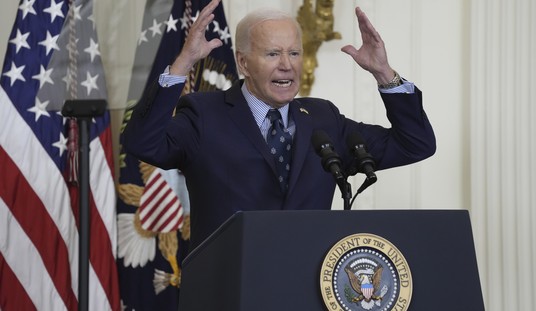Polling continues to show a very tight race between Donald Trump and Kamala Harris. The incumbent vice president has a very narrow lead nationally, in the RealClearPolitics average. Some battleground polling gives Trump small leads in most of the swing states. Other battleground polling seems to slightly favor Harris. Pennsylvania continues to look crucial and tied. One pollster that recently released a batch of generally Trump-positive data from key battleground states (not dissimilar to this set of numbers from 2020's most accurate pollster) also included an intriguing note about their results.
Before we get to that, here were the results themselves:
Of note - literally all of these Sun Belt polls from InsiderAdvantage are unchanged on the margins between Trump and Harris.
— Eric Daugherty (@EricLDaugh) October 1, 2024
Each one is the same, from late-August. pic.twitter.com/eXlV39BVHy
A tie in Georgia, with razor thin Trump advantages in Arizona, Nevada and North Carolina — with margins unchanged from the same firm's August polling. For what it's worth, Tump holds very slim leads in the RCP averages in Arizona, Georgia, and North Carolina. Harris has similarly tiny leads in Michigan, Nevada, and Wisconsin. What did Insider Advantage reveal about a secondary question they asked voters in the states they just surveyed? Hmmm:
We see signs of Donald Trump gaining momentum in each of the states we surveyed where he led and potentially even in Georgia, where the race is tied. Our surveys contain only the horserace and demographics, but we added a question following a response to the horserace which asks respondents how they believe “the majority” of their neighbors will vote. This has been a reliable component of evaluating prior Trump races, eliminating the “shy Trump” voter issue. In each state the response to “the neighbors” question expanded Trump’s lead well beyond the margin of error. But it is important to note that all of the results in the horserace surveys are well within the margins of error, which makes this an extremely close contest.
Perhaps the single most important question about predicting this fall's election results is whether to expect another polling miss, in which Trump's support is underestimated, both nationally and in important states. We've seen those errors both times Trump has been on the presidential ballot, though the picture has been much more mixed in midterm and off-year elections, in which his name is not on the ballot. As I keep saying, it's possible that pollsters have adjusted their methodologies to account for these problems. It's just as possible, if not more likely, that they haven't — as Democrats' core voters are more likely to want to respond to polling. A related question is whether or not “shy Trump” voters still exist, to the extent that they did in 2016 and 2020. Are there still substantial numbers of people who want to quietly vote for Trump, while not admitting it to many people, pollsters included? We won't know the answer until the results are in, but that paragraph from InsiderAdvantage might hold a clue.
While their ballot tests were "well within the margins of error," when the “neighbors” question is introduced, Trump's lead extends beyond those error margins. As their write-up explains, in previous Trump races, asking people how they think most of their neighbors might vote, sort of as a proxy question, has been a useful tool in smoking out some of the “shy Trump voter”-related polling biases. If that pattern repeats this year, and if InsiderAdvantage is correct about this, a Trump performance on par with, say, the often-predictive Gallup data we've been covering may be in store. I'll leave you with this:
Recommended
I see some R’s excited about these results, but this pollster (especially at the state level) has been absolute garbage for years — yes, usually overstating Democrats’ support, but still an awful track record. https://t.co/fYz0A0M4iv
— Guy Benson (@guypbenson) October 1, 2024
The “good” news for Republicans is that Quinnipiac shows Trump up two in North Carolina, and up six in Georgia. Given this pollster's abysmal track record for accuracy, particularly in the states, that may not be anything worth celebrating. I've seen some people noting that because the Q-poll almost always overestimates Democrats' support, often by a lot, these are extra positive results, considering the source. Maybe. Or maybe their methodology is just busted and their numbers aren't trustworthy.

























